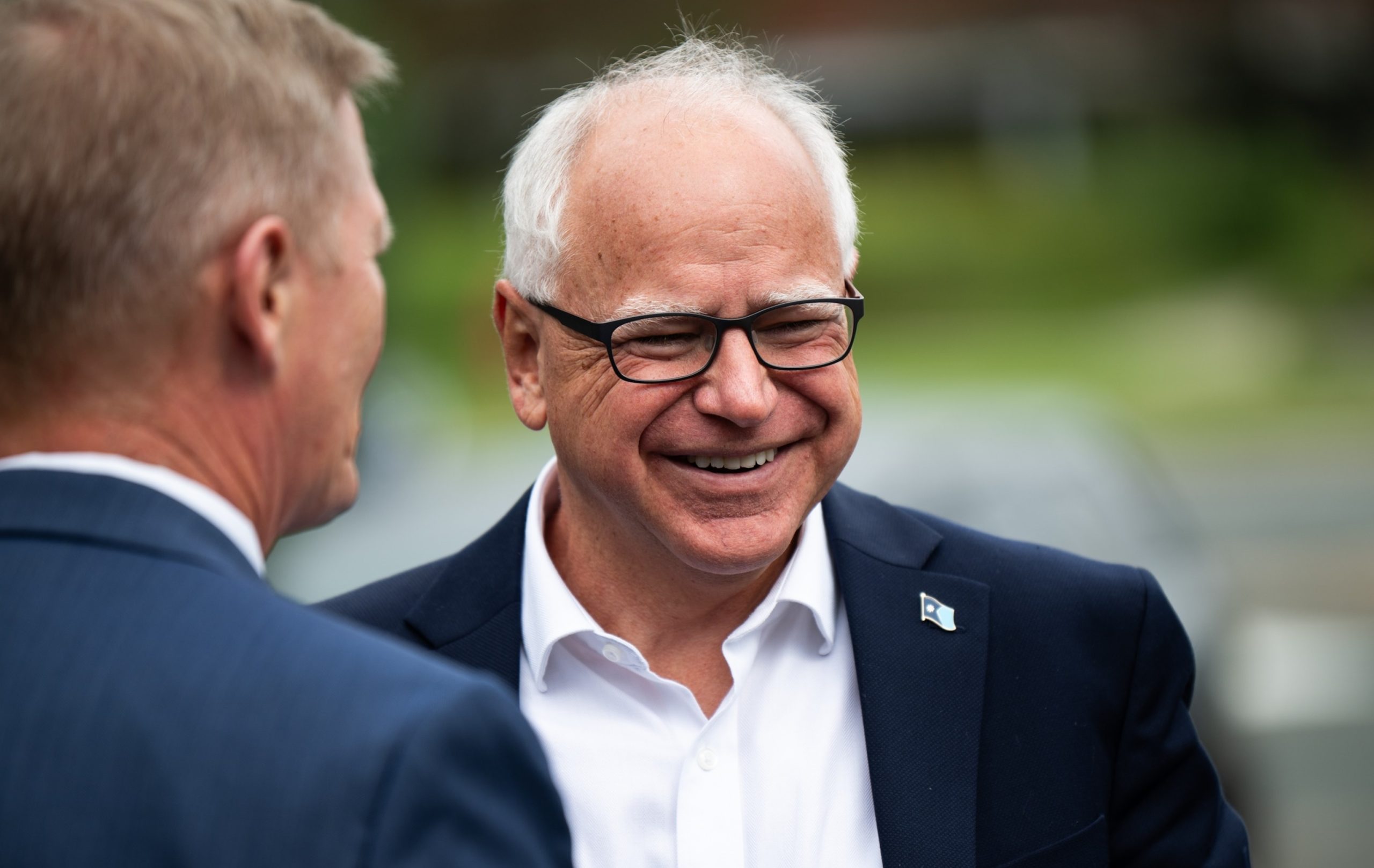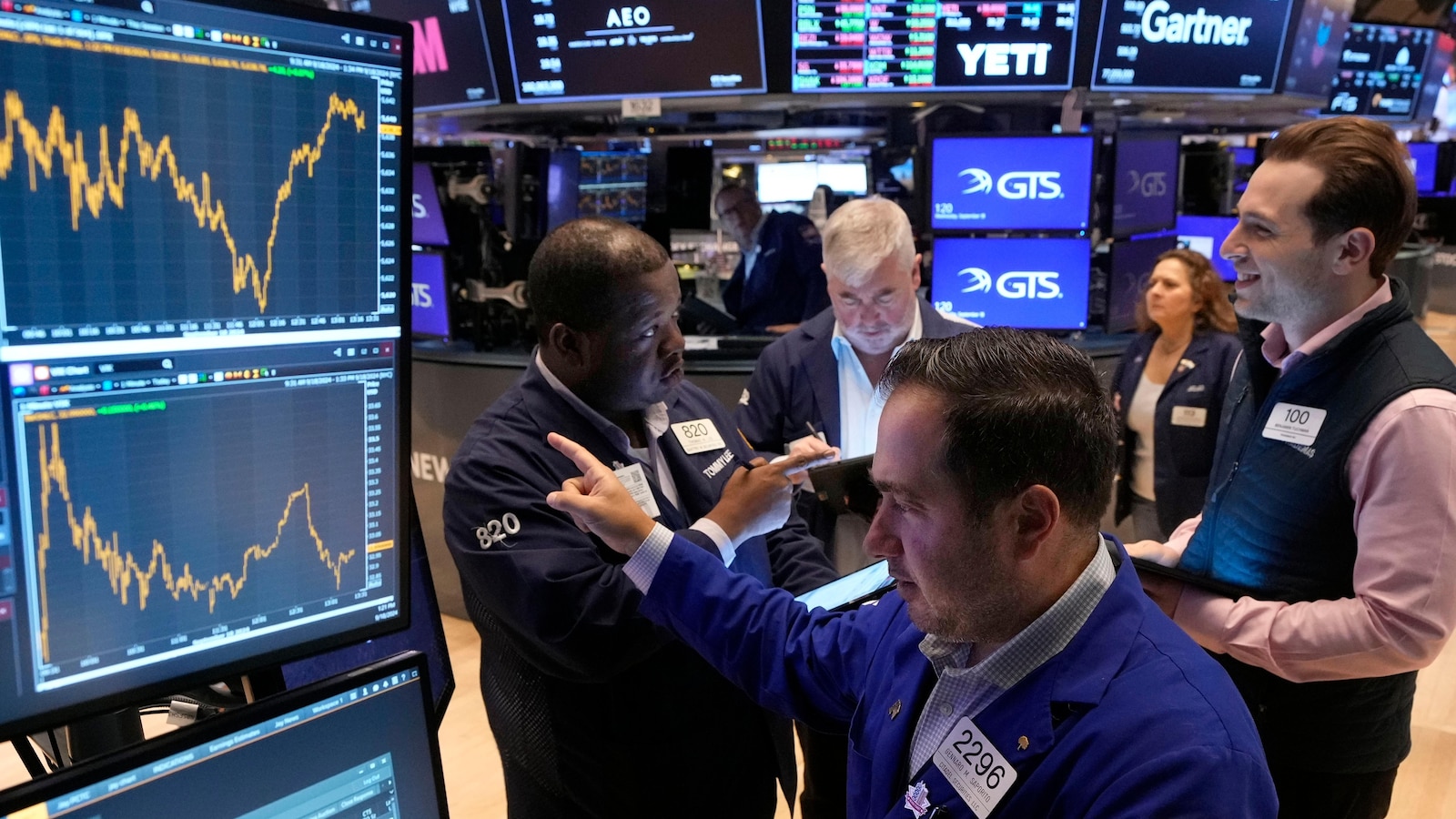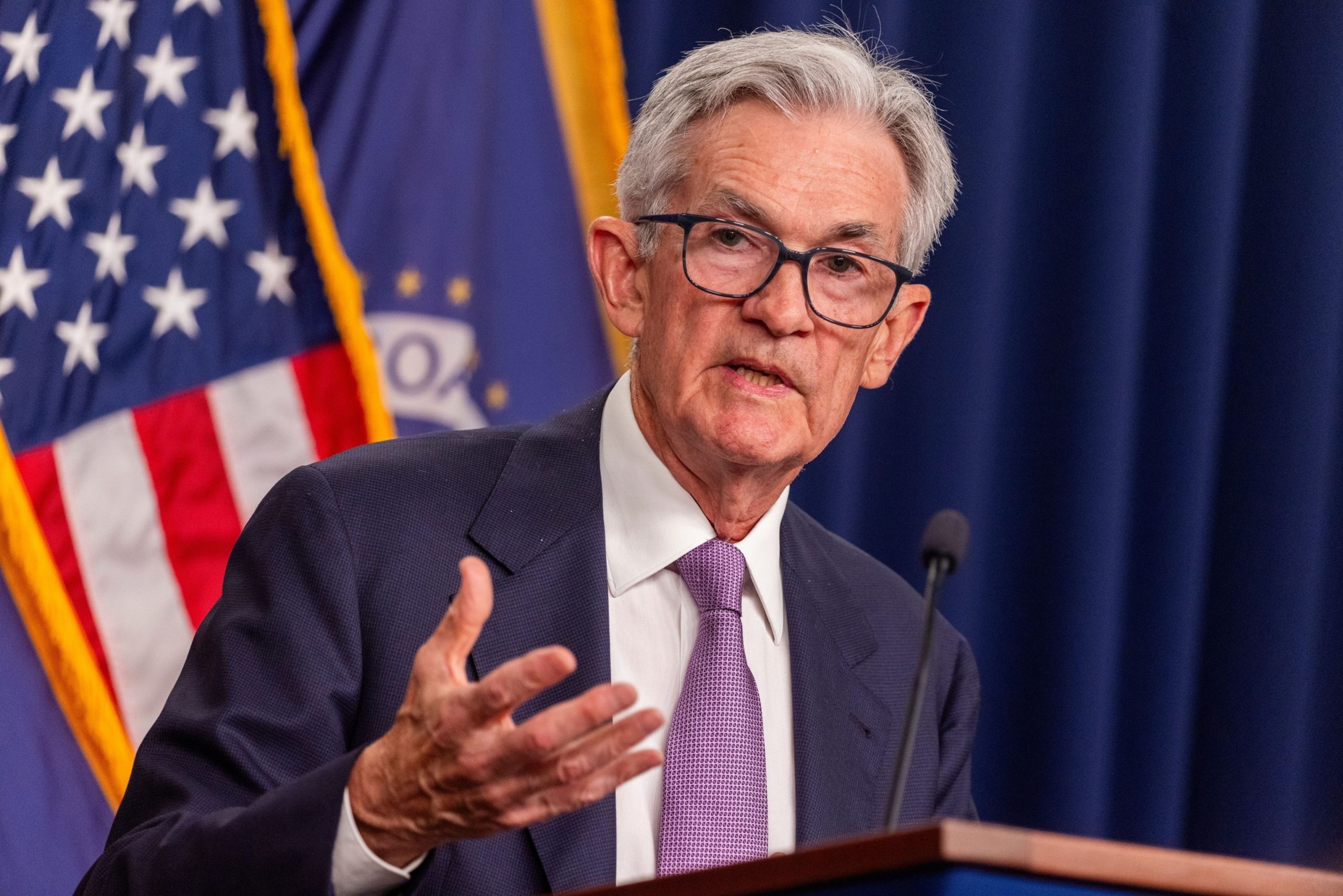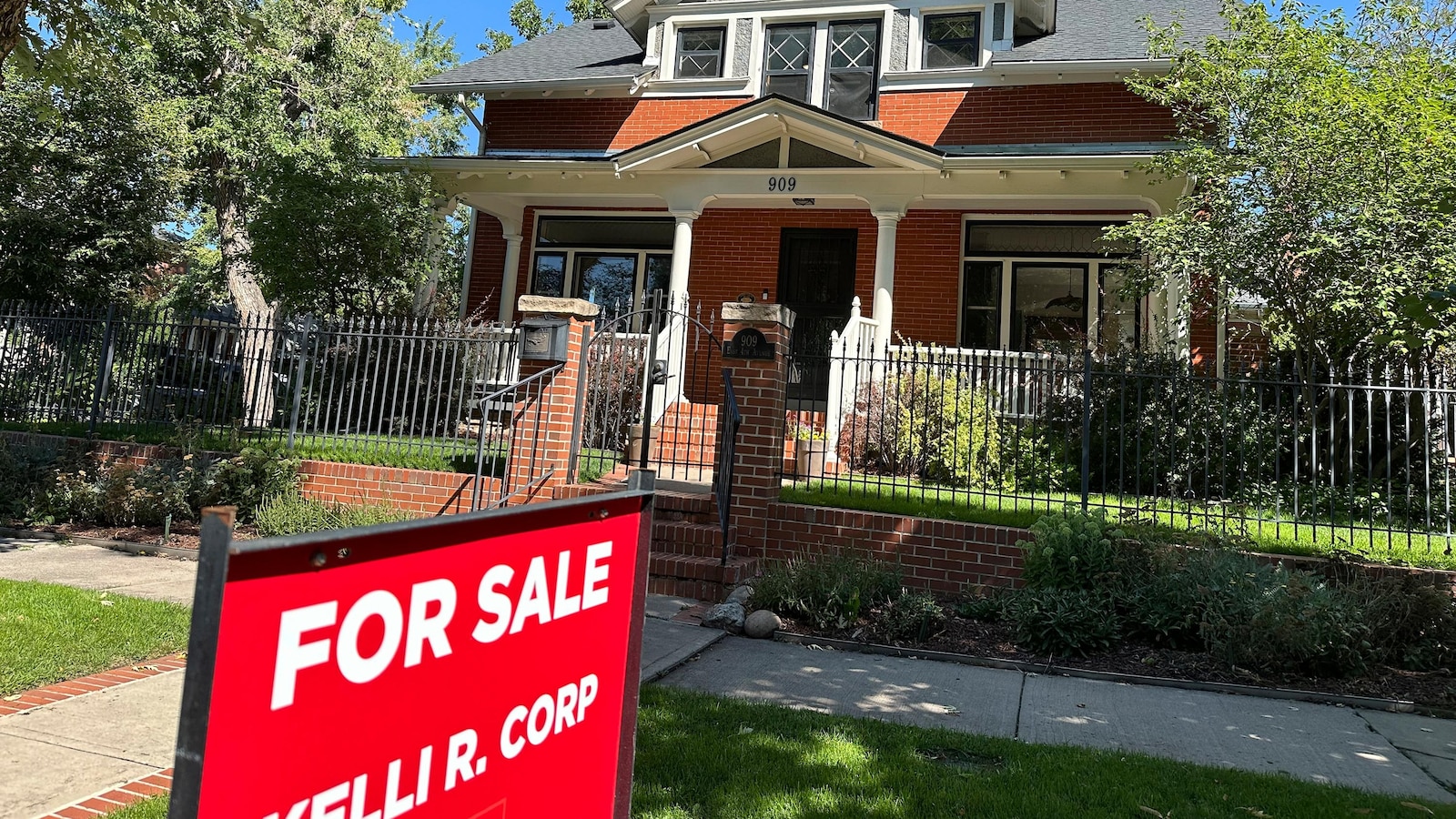Minnesota Gov. Tim Walz, the Democratic vice presidential nominee, has enacted economic policies in the state on key issues like job creation and taxes.
The track record, stretching back to 2018, indicates how he may approach such issues if granted the nation’s second-highest office.
His positions could also help shape perceptions of the Harris-Walz ticket on the economy, which ranks as one of the most important issues among voters.
Here’s what to know about where Walz stands on key economic issues:
Jobs
During his tenure, Walz has sought to boost employment in Minnesota.
In 2020, he enacted the $1.9 billion Local Jobs and Projects Plan, which invested in construction and renovation projects as a means of restoring employment after the onset of the COVID-19 pandemic.
Still, the state has lagged behind the nation as a whole in the number of jobs created since the outbreak of the pandemic. Total nonfarm payrolls in Minnesota have grown by just 0.5% since 2020, which lags far behind a rate of 5.8% nationwide over that period, according to a Reuters analysis of data released by the Bureau of Labor statistics.
Walz has signed into law a series of measures viewed as pro-worker. Last year, Minnesota established paid sick and medical leave, banned non-compete agreements and expanded protections for Amazon warehouse workers. In May, Minnesota enacted a measure providing a raise for Uber and Lyft drivers while averting a threat made by those companies to stop doing business in the state.
The AFL-CIO, the nation’s largest labor organization, praised the selection of Walz as vice presidential nominee. “We know that Gov. Walz will be a strong partner in the Harris White House, fighting every day to improve the lives of workers in communities across America,” AFL-CIO President Liz Schuler said in a statement on Tuesday.
Taxes
Last year, Walz enacted tax reform legislation that included a child tax credit worth up to $1,750 for each child 17 years old and younger in households earning up to about $96,000 a year
In addition, Walz expanded tax exemptions for social security payments as well as income resulting from student loan forgiveness.
To help offset these tax cuts, Walz enacted tax increases for some wealthy individuals and corporations. The state imposed a 1% surtax on capital gains, dividends, and other investment income that exceeds $1 million in a year. He also raised taxes for corporations that bring in a portion of their revenue abroad.
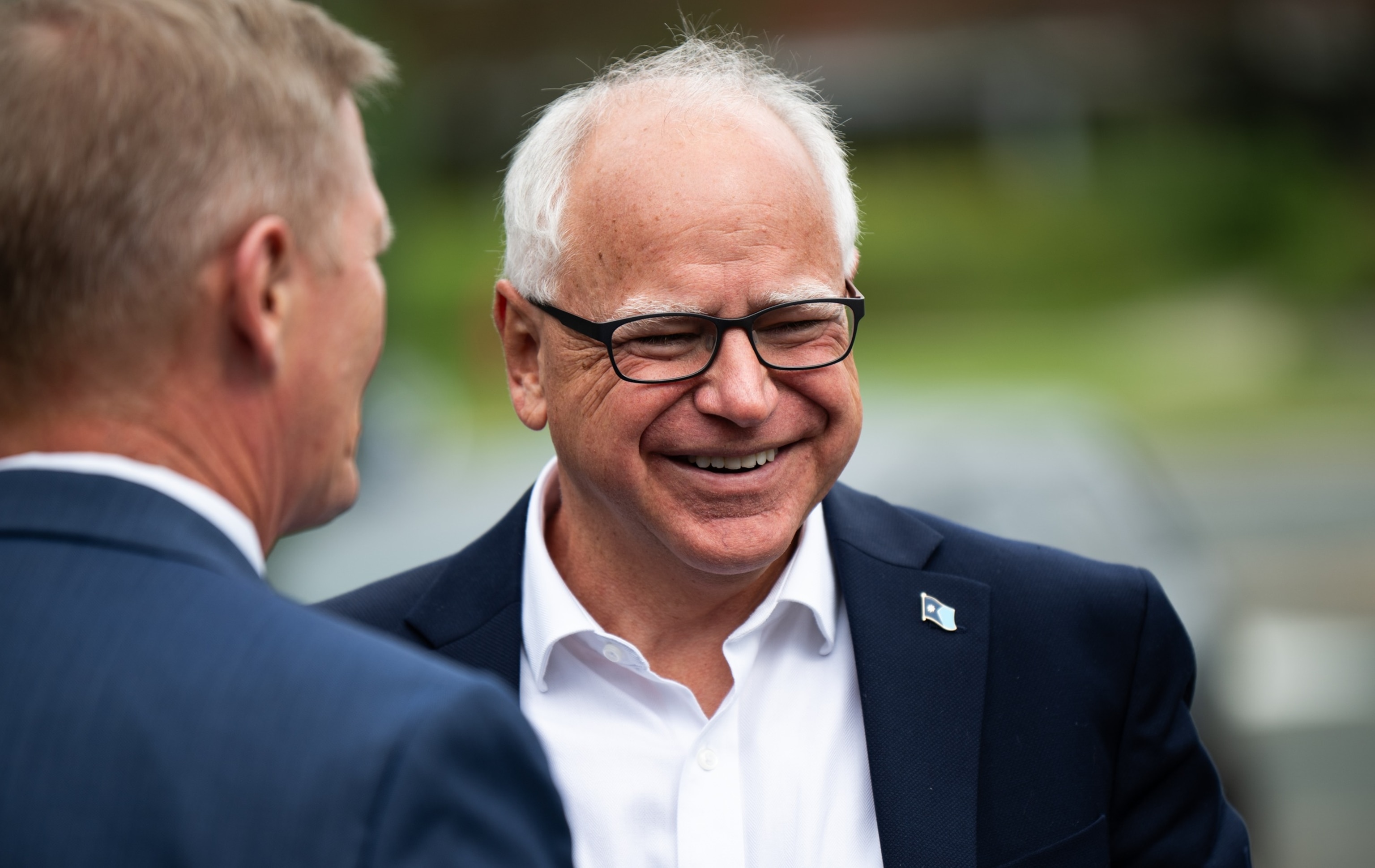
Minnesota Governor Tim Walz arrives to speak at a press conference regarding new gun legislation at City Hall on Aug. 1, 2024 in Bloomington, Minn.
Stephen Maturen/Getty Images
Minnesota is expected to end 2025 with a $3.7 billion budget surplus, according to a projection issued in February by the Minnesota Department of Management and Budget, a state agency.
“Minnesota stands apart from the pack with a moderately progressive tax system that asks slightly more of the rich than of low- and middle-income families,” the Institute on Taxation and Economic Policy, a non-partisan think tank, said on Tuesday.
Tax Foundation, a non-partisan advocacy group focused on tax reform, on Tuesday pointed to Walz’s record of supporting some tax increases.
“Gov. Walz’s tax policy record is notable because of how much it contrasts with broader national trends,” the organization said. “In recent years, most governors have championed tax cuts. Walz, rare among his peers, chose tax increases.”
Economic growth and inflation
In recent years, economic growth in Minnesota has trailed the rate of growth in the U.S. overall.
In 2023, inflation-adjusted gross domestic product in Minnesota grew 1.2%, less than half of the 2.5% expansion nationwide, U.S. Bureau of Economic Analysis data showed. The previous year, Minnesota’s inflation-adjusted GDP grew nearly one percentage point slower than the rate nationwide, according to BEA data.
Inflation in a key metropolitan area of Minnesota, meanwhile, is lower than the nationwide average.
As of May, prices in the Minneapolis-St. Paul-Bloomington area rose 2.6% over the previous year, U.S. Bureau of Labor Statistics data showed. Consumer prices increased 3.3% nationwide over that period, BLS found.
Tim Walz, the current governor of Minnesota, has been in office since January 2019. Since taking office, he has implemented several economic policies aimed at improving the state’s economy. In this article, we will analyze Tim Walz’s economic performance in Minnesota and evaluate the impact of his policies on the state’s economy.
One of the key initiatives that Governor Walz has focused on is investing in infrastructure. Under his leadership, Minnesota has seen an increase in funding for transportation projects, including road and bridge repairs. This investment in infrastructure has not only created jobs but has also improved the state’s transportation network, making it easier for businesses to transport goods and services.
In addition to infrastructure investments, Governor Walz has also prioritized education and workforce development. He has increased funding for education and implemented programs aimed at closing the skills gap in the labor market. By investing in education and workforce development, Governor Walz is preparing Minnesota’s workforce for the jobs of the future and ensuring that businesses have access to a skilled workforce.
Another key aspect of Governor Walz’s economic performance is his focus on renewable energy and sustainability. Under his leadership, Minnesota has made significant strides in transitioning to clean energy sources, such as wind and solar power. This shift towards renewable energy not only benefits the environment but also creates new job opportunities in the clean energy sector.
Overall, Governor Tim Walz’s economic performance in Minnesota has been positive. His focus on infrastructure investments, education, workforce development, and renewable energy has helped to stimulate economic growth and create new job opportunities in the state. While there is still work to be done, Governor Walz’s policies have set Minnesota on a path towards a more sustainable and prosperous future.
